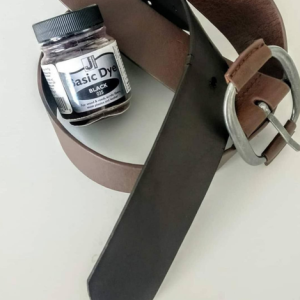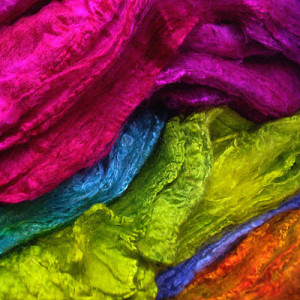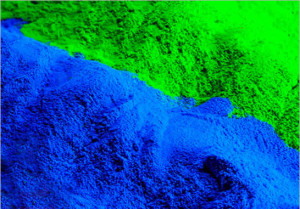
Color coatings with higherbrightness and color strength are results of flawless dispersion of pigments. It is because of the optimal size of the pigment particle, and the long-term stabilization of the particles dispersed in the formulation. It shows how important dispersion of pigments is and the role it plays in the visual outcome of a coat of paint on a surface.
Let us discuss a brief account of pigment dispersion. Technically speaking, pigment dispersion in inks, paints, and liquid coating that produce stable suspension come up with three distinct essential properties.
Stability
When it comes to pigment dispersions for printing on textiles, then pthalocyanine pigments will be the best option because of their stability. These pigments come with the highest degree of stability and are the finest in terms of dimension, and these two properties help these pigments to provide a spectacular color and visual appeal to the apparel. Pigment dispersion is taking the center stage, as they are gradually replacing dyes of late, thus providing more thermal and light stability to the apparel. These pigments come up with a great extent of opacity and they are water-based. This is the reason, leading manufacturers of Phthalocyanine pigments enjoy such a special status in the industry today.
Automatic Dispersion Property
These high-quality pigments are also auto soluble and are multi-compatible solvent dyes, with the capacity of easily dissolving in any solution. Using, for instance, Pigment Red 53.1 or any other kind of similar pigment means, the production speed will be faster with the drastic reduction of the overall turnaround time of producing the finished product, as these pigments dry out faster. This means increased production at the end of the day.
Lower Level of Viscosity
Another advantage of using their pigments is that they ensure the production of better quality paints and coating thereof, due to uniform dispersion of pigments because of a lower level of viscosity. This ensures better distribution of pigment dispersions. Thus, if you opt for, say, Phthalocyanine Blue 15.0 it will surely give you better effect than any inferior quality of paint.
Eco-friendly
Pigment dispersions do not generate any toxins and are hence never a threat to the health and environment. With the environmental laws becoming stricter, more are more manufacturers are opting for paints with these pigments, which are free of formaldehyde, AZO pigments, and APEO, all of which are infamous for causing health and eco hazards.
Customizable
Pigment dispersions are customizable to make them compatible with the product in question. For instance, though pigments are opaque, they can be turned into transparent so that they meet the needs of the manufactured products. The strength, as well as the shade of dispersion, can also be specified and delivered.
Optimal Size of the Pigment
Pigment size is another critical property that needs to be taken into account while choosing pigment dispersion. The larger is the particle size, get better the opacity. However, pigment dispersion for the smaller particles shows off better transparency like this, which in turn paves the way for improved dispersion.
So these are the critical properties of pigment dispersion that you need to keep in mind.
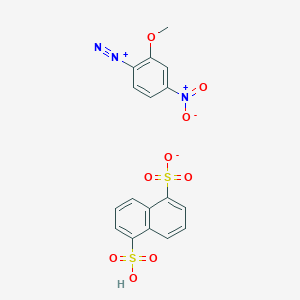
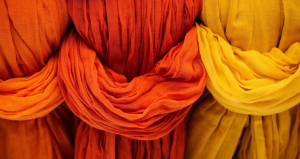
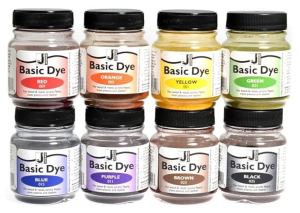 Classification according to processes
Classification according to processes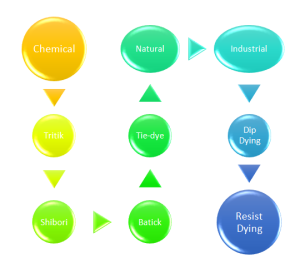 Some of the best examples of basic dyes are:
Some of the best examples of basic dyes are: